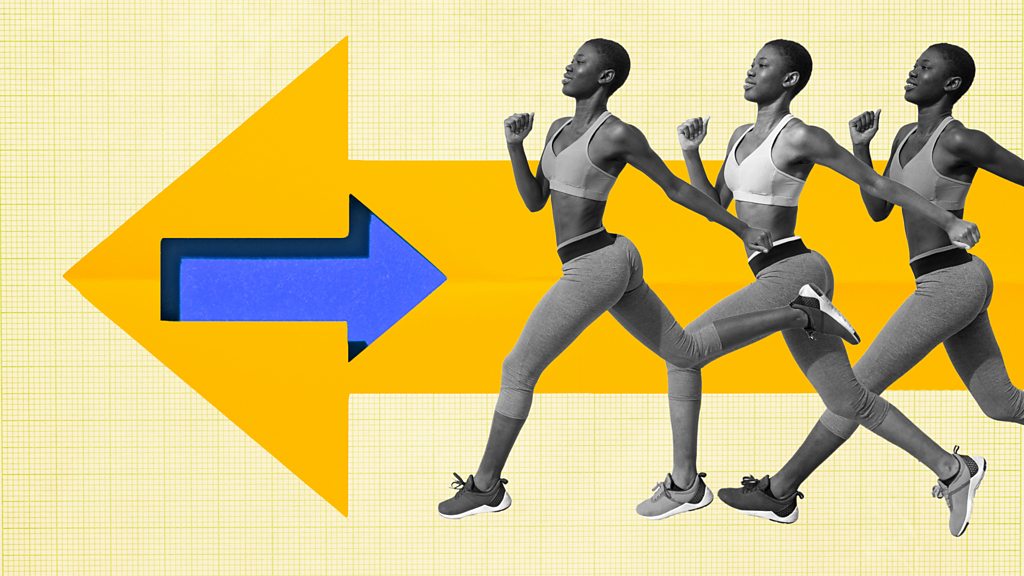Unlock Unexpected Health Benefits: Why Walking Backwards Might Be Your New Workout

Step Back for Better Health: The Surprising Benefits of Retro-Walking
We all know walking is good for us. But what if we told you there's a way to supercharge your daily stroll? Enter retro-walking, or walking backwards – an increasingly popular activity with some truly remarkable benefits for both your body and your brain. While it might seem unusual, research is revealing that this simple shift in direction can unlock a surprising range of health advantages.
What is Retro-Walking and Why Try It?
Retro-walking isn't just about strolling backward; it's a controlled and deliberate movement. It requires more focus and engagement from your muscles compared to regular walking, which is what contributes to its unique benefits. It’s a low-impact exercise, making it accessible to a wide range of fitness levels and ages. However, it's crucial to start slowly and in a safe, clear environment to avoid stumbles or injuries. Consider practicing near a wall or with a spotter until you feel comfortable.
The Physical Perks: Strengthening and Stability
One of the most significant benefits of retro-walking is its impact on muscle strength. Unlike forward walking, which primarily engages your quads, walking backward heavily recruits your hamstrings, glutes, and calf muscles. This leads to:
- Increased Hamstring Strength: Retro-walking is an excellent way to strengthen your hamstrings, which are crucial for knee stability and preventing injuries.
- Improved Glute Activation: Strong glutes are essential for overall lower body power and posture. Retro-walking helps activate and strengthen these vital muscles.
- Enhanced Calf Muscle Development: Walking backward engages your calf muscles more intensely, contributing to stronger ankles and better balance.
- Better Balance & Stability: The increased muscle engagement and the need for greater focus naturally improve your balance and stability, reducing the risk of falls, especially as you age.
Brain Boost: Cognitive Benefits of Retro-Walking
The benefits of retro-walking extend beyond the physical. The need for greater concentration and coordination while walking backward provides a cognitive workout. Here's how it can benefit your brain:
- Improved Cognitive Function: The increased focus required to walk backwards challenges your brain, potentially improving cognitive function and memory.
- Enhanced Spatial Awareness: Retro-walking forces you to be more aware of your surroundings, enhancing your spatial awareness.
- Neuroplasticity: Engaging your brain in new and challenging ways, like retro-walking, can promote neuroplasticity – the brain's ability to reorganize itself by forming new neural connections.
Getting Started with Retro-Walking
Ready to give it a try? Here's how to safely incorporate retro-walking into your routine:
- Start Slow: Begin with short sessions (5-10 minutes) and gradually increase the duration as you become more comfortable.
- Choose a Safe Space: Find a flat, clear area free from obstacles. A treadmill set to a slow speed can be a great option.
- Maintain Good Posture: Keep your back straight, core engaged, and eyes focused forward (even though you're walking backward!).
- Listen to Your Body: Stop if you feel any pain or discomfort.
The Verdict: A Worthwhile Addition to Your Fitness Routine
Retro-walking might seem unconventional, but the research suggests it offers a unique and valuable combination of physical and cognitive benefits. Whether you're looking to strengthen your lower body, improve your balance, or give your brain a boost, adding retro-walking to your fitness routine could be a surprisingly effective and enjoyable way to achieve your goals. So, why not step back and see what it can do for you?






